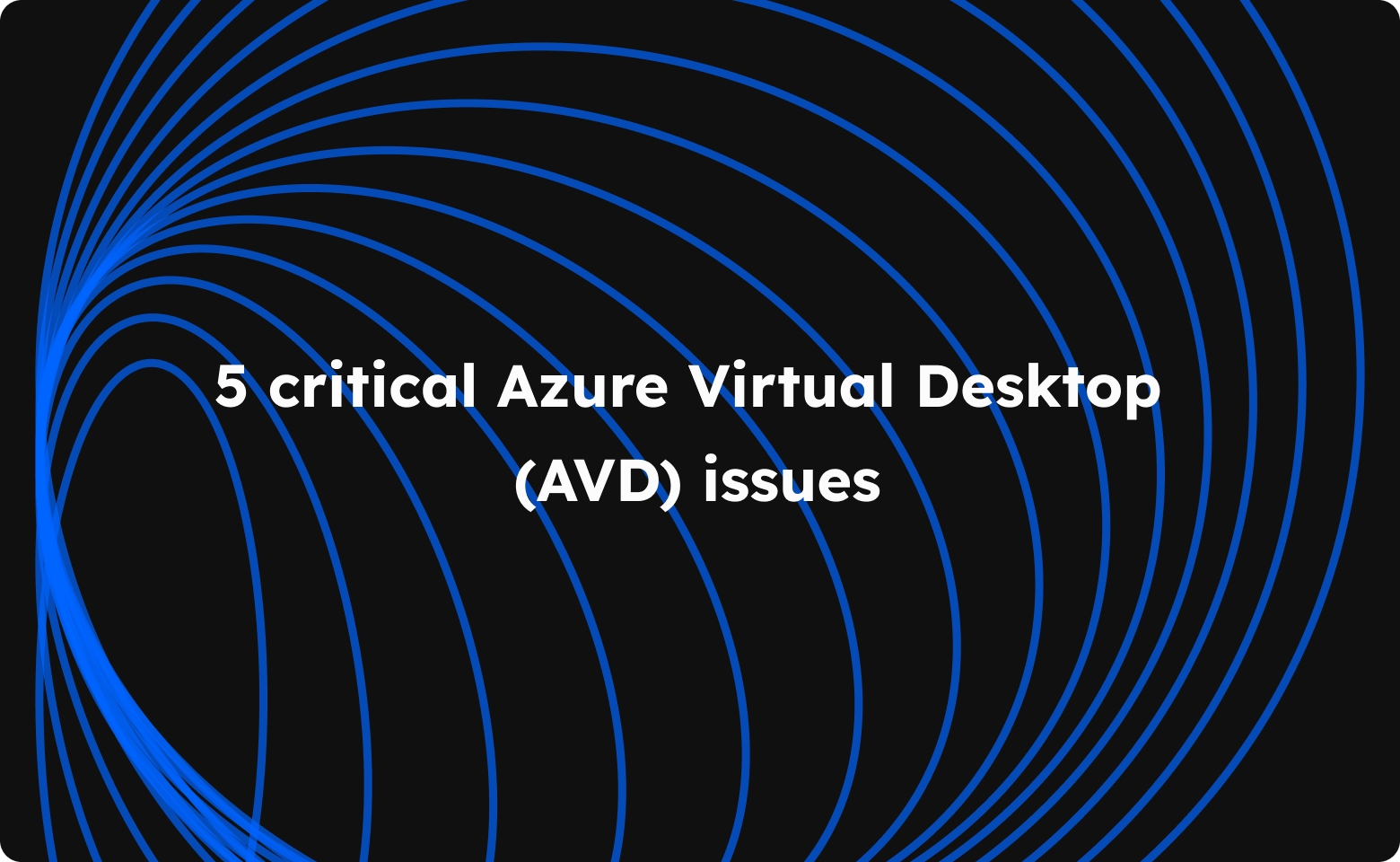In virtualization, two technologies have emerged as front runners for solving your biggest problems: virtual machines (VMs) and containers. While VMs have long been the go-to solution for running multiple operating systems on a single physical server, they come with limitations. The monolithic nature of traditional VMs often leads to tight coupling of components, making it challenging to scale and update individual elements independently. Additionally, the resource overhead and performance implications of running multiple VMs can hinder agility and innovation.
On the other hand, containers have gained tremendous popularity due to their lightweight and portable nature. Containers have revolutionised the way applications are developed, deployed, and scaled, enabling organisations to embrace cloud-native architectures and DevOps practices seamlessly. While both container and virtual machines technologies offer unique advantages, their core purposes and capabilities diverge, catering to distinct challenges and requirements.
Virtual Machines (VMs)
- Solve infrastructure challenges
- Enable organisations to maximise server utilisation
- Facilitate limited workload portability across different environments
Containers
- Address application complexities
- Enhance DevOps practices, streamlining collaboration and automation
- Enable microservices architectures with modular, loosely coupled components
- Provide superior portability across diverse platforms and environments
- Optimise resource utilisation through lightweight, shared OS kernels
Considering your typical VDI/DaaS setup at your workplace, it's worth noting that 68% of Kubernetes users believe that Kubernetes will ultimately eliminate the need to pay for a hypervisor layer. How exactly does that work? What if there was a solution that could combine the best of both worlds, harnessing the power of virtual machines while leveraging the agility and efficiency of containers?
Containers vs. VMs
Virtual Machines (VMs) are software emulations of physical computers, running their own operating systems and applications on top of a physical host machine. This is made possible through a hypervisor, a software layer that manages and allocates resources from the host to the virtual machines. While VMs provide a high degree of isolation and flexibility, they can be resource-intensive and challenging to manage at scale.
Containers, on the other hand, are lightweight, isolated environments that package an application and its dependencies together. Unlike VMs, containers share the host operating system's kernel, making them more efficient in terms of resource utilisation. This efficiency, combined with their portability and ease of management, has fueled the adoption of containers in cloud-native architectures and DevOps practices.
Traditional IT Practices vs. Emerging IT Practices
- Monolithic architectures vs. Microservices and modular design
- Tightly coupled components vs. Loosely coupled, independently deployable
- Infrequent, manual deployments vs. Continuous Integration/Continuous Deployment
- Siloed development and operations vs. DevOps collaboration and automation
- Virtualization (VMs) vs. Containerization
- On-premises infrastructure vs. Cloud-native, hybrid, and multi-cloud
- Legacy applications vs. Cloud-native applications
- Slow adaptation to change vs. Rapid innovation and iteration
- Vendor lock-in vs. Portability and vendor-agnostic solutions
Using docker containers for virtual machines
The underlying technology that enables containers is known as containerization, which leverages features like cgroups (control groups) and namespaces in the Linux kernel to provide isolation and resource management for containers.
Lightweight Nature
Containers share the host OS, eliminating the need for a separate guest OS for each VM, thus reducing overhead and making them more lightweight and efficient compared to hypervisors.
Performance Efficiency
Containers run directly on the host OS, avoiding the performance penalties associated with hardware emulation required by hypervisors. This results in faster startup times and better overall performance.
Resource Utilisation
Cgroups enable granular resource allocation, ensuring containers only use their assigned resources, preventing resource contention and improving system performance.
Simplified Management
Containers encapsulate applications and their dependencies, providing consistent behaviour across different environments. This simplifies deployment, updates, and scaling, which is more complex with VMs.
Scalability and Flexibility
Tools like Kubernetes automate the deployment, scaling, and management of containerized applications, offering a level of automation and orchestration that is harder to achieve with traditional hypervisor-based virtualization.
Hypervisors vs Containers
- Use Hypervisors When
- You need to run multiple different operating systems.
- Security and strong isolation are critical.
- Dealing with legacy applications that cannot be containerized.
- Use Containers When
- You need lightweight, efficient, and fast-starting environments.
- Portability and consistency across different environments are required.
- Scalability and orchestration are essential.
While containers and hypervisors have overlapping functionalities, they are not entirely replaceable. The choice between them depends on the specific requirements of the environment and applications being deployed. Hypervisors are better suited for scenarios requiring strong isolation and multi-OS support, whereas containers excel in lightweight, portable, and scalable deployments.
Transitioning to Containerized VMs with Neverinstall
By encapsulating virtual machine instances within Docker containers, Neverinstall delivers a virtualization platform that harnesses the power of VMs while leveraging the benefits of containerization. This approach breaks away from the traditional hypervisor model and instead offers a bare-metal or cloud-based kubernetes orchestration, offering a streamlined and efficient method of virtualization that integrates seamlessly with the container ecosystem.
Efficiency and Resource Utilisation
Traditional VMs require substantial resources, each needing a full operating system. Containers, on the other hand, share the host system’s kernel, leading to better resource efficiency. Kubernetes optimises this further by dynamically managing container workloads, ensuring resources are allocated where they are needed most.
Simplified Deployment and Management
Deploying and managing traditional VMs involves complex procedures and manual effort. Containers simplify this process by encapsulating applications and their dependencies, enabling rapid and consistent deployment across various environments. Kubernetes automates many aspects of deployment, scaling, and operations, significantly reducing complexity and manual intervention.
Scalability and Flexibility
Scaling traditional VMs can be slow and cumbersome. Containers can be scaled quickly and easily, providing an agile response to changing workloads. Kubernetes enhances scalability by automatically adjusting container resources based on demand, ensuring optimal performance and resource utilization. It also facilitates greater portability, allowing seamless application mobility across multiple environments.
Enhanced Security and Resilience
Containers offer improved security through isolation, minimising the risk of cross-container vulnerabilities. Kubernetes enhances security with features like namespace isolation and role-based access control. Additionally, Kubernetes ensures resilience by automatically managing container restarts, replacements, and scaling, maintaining continuous availability and minimising downtime.
Benefits for Organizations with Containerized Virtual Desktop Setups
Whether an organisation has a large or small virtual desktop setup, Neverinstall's approach offers significant advantages:
- For Large Setups: Large organisations benefit from the scalability and resource optimization provided by containers and Kubernetes. The ability to dynamically allocate resources and automate scaling ensures efficient handling of large numbers of virtual desktops, reducing costs and improving performance. Kubernetes' automated management also eases the burden on IT teams, allowing them to focus on strategic initiatives rather than routine maintenance.
- For Small Setups: Smaller organisations benefit from the simplified deployment and management of containerized VMs. The lightweight nature of containers means they can run efficiently even on limited hardware resources. Kubernetes' automation capabilities further reduce the need for specialised IT expertise, making advanced virtualization accessible to smaller teams without compromising on performance or security.
Getting Started with Neverinstall
To harness the full potential of containerized VMs managed by Kubernetes, organisations can begin by partnering with Neverinstall. You also retain the options to run kubernetes on bare metal as a part of Neverinstall’s configuration. Here’s how to get started:
Assessment and Planning
Assess current virtualisation infrastructure, identify workloads for containerization, and develop a phased implementation plan.
Infrastructure Setup
Ensure hardware and network configurations meet requirements for efficient container operations.
Migration and Deployment
Start with a pilot project to containerise a select group of VMs.
Optimisation and Scaling
Monitor performance, fine-tune resource allocation, and continuously optimise configurations.
Training and Support
Neverinstall offers comprehensive training and support to help your team adapt to the new infrastructure. This includes:
- Technical Training: In-depth training sessions on containerized VM management.
- Support Services: Ongoing support to address any issues and ensure smooth operations.
- Documentation and Resources: Access to a wealth of documentation, best practices, and resources to help your team succeed.
Case Studies and Success Stories
Learn from other organisations that have successfully transitioned to containerized VMs. Read about one such company here.
Conclusion
Running virtual machines as Docker containers managed by Kubernetes offers several benefits for organisations of all sizes. This approach combines the advantages of virtual machines with the efficiency, scalability, and management capabilities of containers and Kubernetes. By transitioning to this modern virtualization strategy, organisations can improve resource utilisation, simplify deployment and operations, enhance security, and gain flexibility to adapt to changing demands. While it requires upfront planning and implementation effort, containerizing virtual machines with a solution like Neverinstall can modernise an organisation's virtualization infrastructure to better suit today's dynamic IT landscape.







Join the conversation.